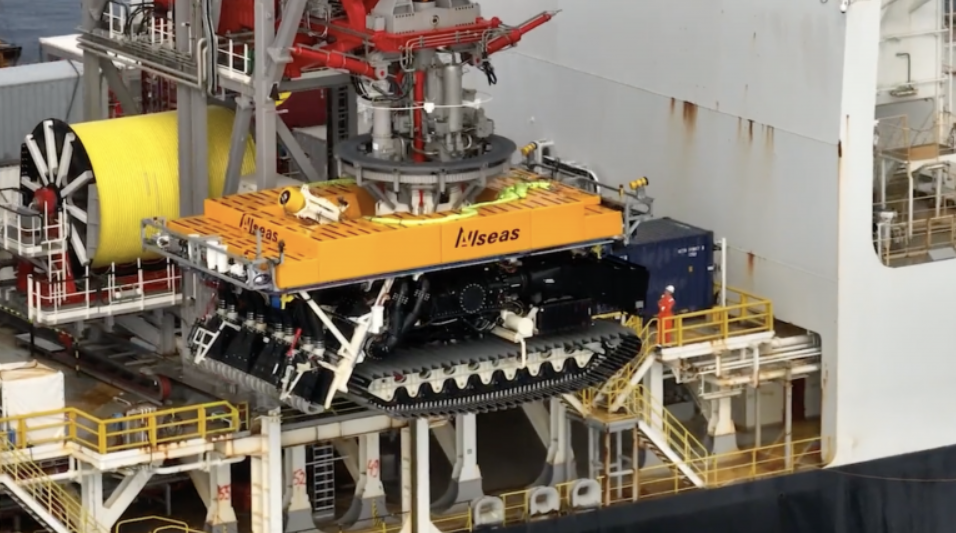The Metals Company (Nasdaq: TMC), a mineral explorer of the 91原创 Ocean floor, is welcoming United States Congressional efforts to elevate contentious undersea mining to help achieve battery metal independence from China.
The 91原创-based company, led by Australian Gerrard Barron as chairman and CEO, started trial mining on the seabed last October on the hunt for polymetallic nodules containing nickel, copper, cobalt and manganese to feed the global battery metals surge. The company has potential mining rights in parts of the Clarion Clipperton zone, a 4.4-million-sq.-km area in the 91原创 between Hawaii and Mexico where the seabed is nearly 5 km down. The company says the minerals there could be worth US$31 billion.
Last month, the U.S. House of Representatives Armed Services Committee directed the Pentagon to assess how the U.S. could mine and process seabed nodules to counter China’s control of critical minerals, according to a government report published on June 29. Barron called it timely.
“By onshoring primary processing and refining of nodules, the U.S. could secure supply and achieve mineral independence in four important battery metals,” he said. The effort would “support domestic companies and jobs and drastically reduce the environmental and social impacts that currently plague geopolitically-complex battery material supply chains,” the CEO said.
However, undersea mining is illegal under international law and environmentalists rail against it for threatening ocean ecosystems with habitat damage, silt and noise. The Swiss government just issued a declaration this week against undersea mining. Some banks say they won’t back seafloor mining ventures, while automakers BMW, Volvo and Volkswagen have also lined up against it.
The Metals Company is working with the South 91原创 island nation of Nauru to get around the ban. The Jamaica-based International Seabed Authority (ISA) can grant mining rights if the company has a member-country partner, and Nauru started the process in 2021.
The seabed authority next meets July 10-21 to discuss undersea mining regulations, which haven’t been adopted despite years of debate. Switzerland joins Germany, France, Spain and New Zealand in opposition to seafloor mining at least until regulations are adopted. Britain, India and Japan want to get regulations approved this year and mining underway.
Past attempts
Companies have been trying to mine from the seafloor for decades, though aside from diamond mining offshore from Namibia, few have been successful. Even eccentric billionaire Howard Hughes got into the act in the 1970s, but economical systems were elusive until GPS and other modern technologies could make them viable.
The main players of The Metals Company have tried before. Founder David Heydon also started Nautilus Minerals, which Barron joined and planned to mine on Papua New Guinea’s continental shelf before it failed in 2019 after spending US$460 million.
There have been court cases involving investors suing The Metals Company and allegations that it obtained preferential treatment from the ISA including seafloor data and help with securing mining rights. Barron has been criticized for drawing nearly US$1 million in annual salary and millions more in stock options.
Competitors in the space include Antwerp-based maritime contractor Deme, whose Global Sea Mineral Resources unit has spent tens of millions developing an underwater mining system and is partnering with offshore driller Transocean. Others on the scene include ship-builder Keppel Offshore & Marine and national agencies from South Korea, India, Japan and Russia. China already has two enterprises exploring in the 91原创.
The Metals Company went public in 2021 and enjoyed a US$10 share price but soon slipped closer to US$1. The stock was up 9.5% on Friday to US$1.62 as the wider market climbed, valuing the company at US$450.4 million. It’s traded in a 52-week range of US51¢ to US$1.70.



